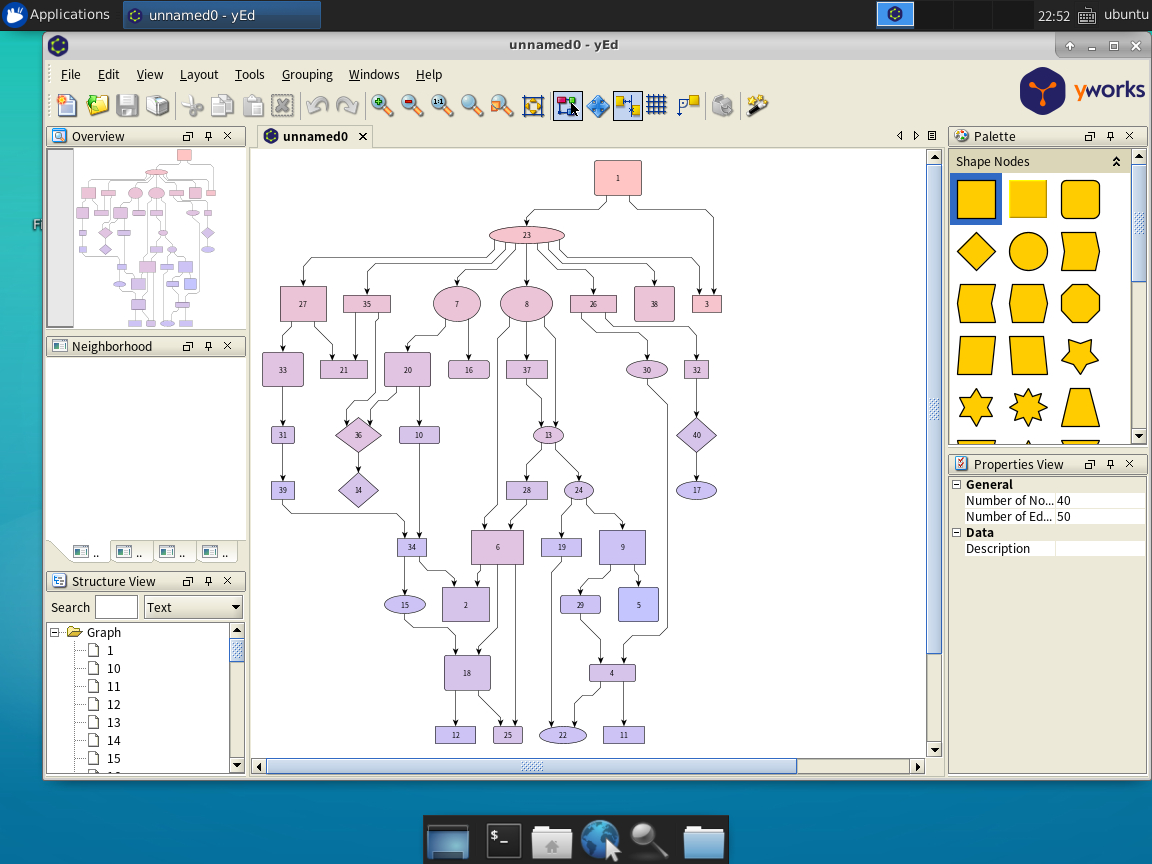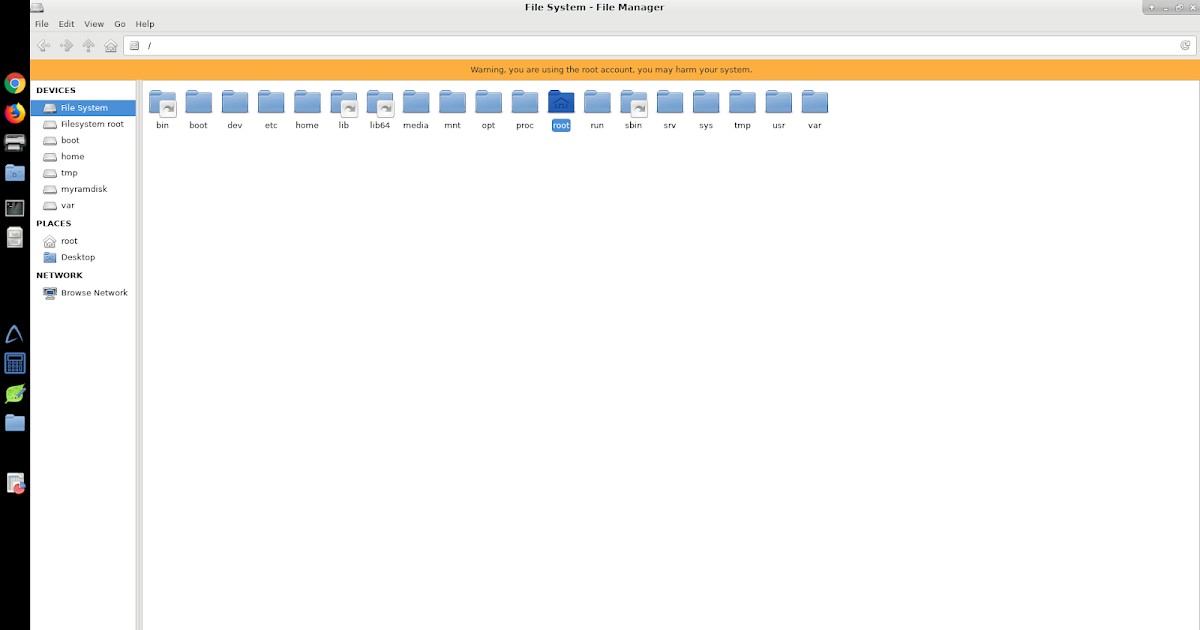
Grep Exec= /usr/share/xsessions/*.desktop You can use the following command to list the startup commands for all the available sessions installed on the system: desktop file in /usr/share/xsessions, which contains the command used to start the environment. Each desktop session should have a corresponding. If the desktop environment you've installed is not the default (for example, you've installed LXDE on a regular Ubuntu system), you will need to modify the xstartup script used by VNC Server to start your chosen desktop environment. There are also distributions which use these desktops by default (or example the Xubuntu or Kubuntu "flavours" of Ubuntu). You can also do this from the command line using the package names mentioned in the table for Debian or Fedora-based systems - for other distributions you may need to search for the exact package name. In addition, older distributions which use Gnome 2 are also known to work well.Įach of the above should be easily installable on most Linux systems using the normal application installer.
#TIGERVNC XFCE INSTALL#
We recommend you install one of the following desktop environments known to work with Xvnc: Using VNC Server 5.x or VNC Server 6.0.x - 6.1.x? More desktop environments (such as Gnome 3), applications and extensions will be compatible out-of-the-box.

Using VNC Server 6.2.0 or later?įrom VNC Connect 6.2.0 onwards we recommend configuring VNC Server in Virtual Mode to work with the system Xorg server, rather than the outdated version built in to Xvnc.

This is the case for the default desktop environments used by Ubuntu 13.04+ and CentOS/RHEL 7+. You see a gray screen if the desktop environment of the remote computer requires capabilities that are not available to the X server built-in to VNC Server in Virtual Mode (Xvnc).


 0 kommentar(er)
0 kommentar(er)
